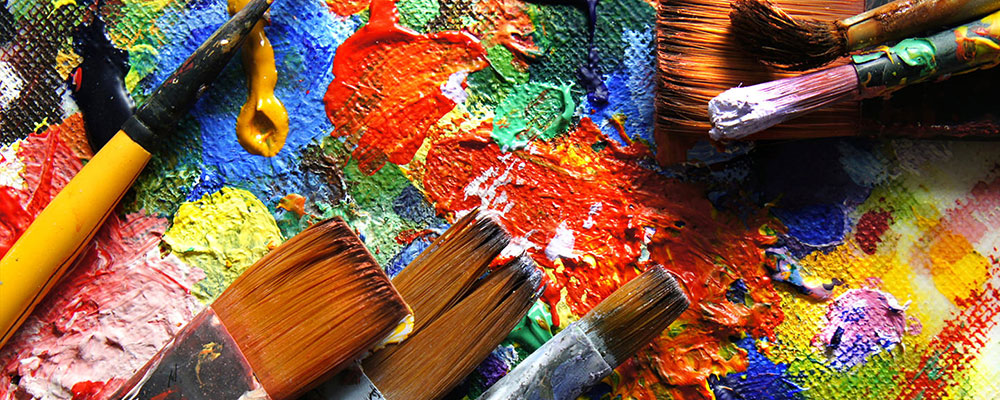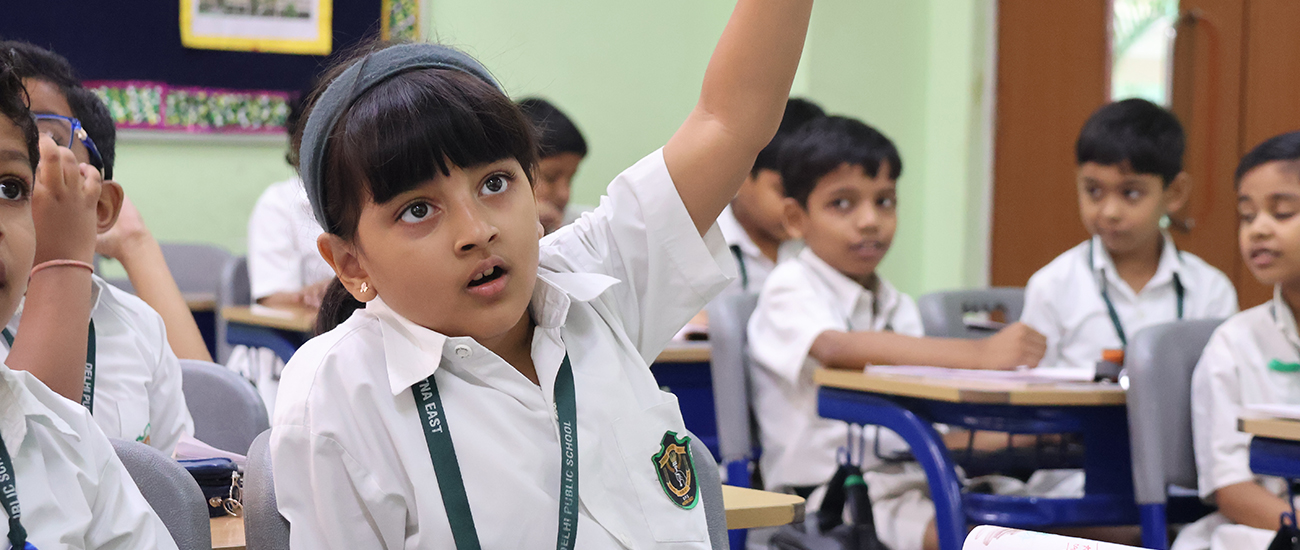
Art is an expression that primarily focuses on visuals in nature such as ceramics, drawing, painting, printmaking, design, crafts, photography, video, film making and architecture.
The current form of visual arts includes fine art work as well as applied decorative arts and crafts work. In today's era, craft tutorials include kid's crafts, adult crafts, painting, recycled crafts, green crafts, wedding crafts, and plenty of DIY projects as well. It is very important for both the students as well as the school to include “Art” as a prime subject in the school curriculum as most of the students face challenges to express themselves through writing.
Children, especially those learning English or with special needs, might find that drawing helps them explain themselves and communicate better. To help ease the problem, students can create dioramas, models, sculptures, illustrations, or other relevant artifacts to better understand concepts in history as well as other subject areas. Even “Art” (as a subject) helps students to understand a story, character, or event, and it is even easier for some students to understand the same if given a chance to act it out. Art not only allows students to move and perform but also shows them a way of crafting a pose and acting like historical figures, moving their bodies to the sounds of music played during a particular time in history.
Art is essential in schools as a way of addressing the physical, social, emotional, and cognitive needs of children. It also allows children to use and develop many important skills, including
problem-solving, predicting, design, vocabulary development, abstract thinking, and cause and effect, to name a few. The arts also offer children the opportunity to explore and investigate.
In a nutshell we should make Art as a mandatory subject in our daily routine to encourage the usage on a daily basis in conversation and presentations.
So let's pledge and make our planet green and pollution free using green means of Art.
Sushmita Ranjan
Art & Craft Teacher





